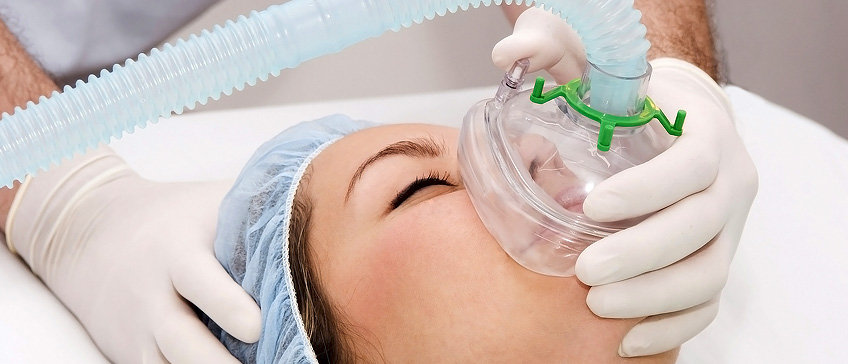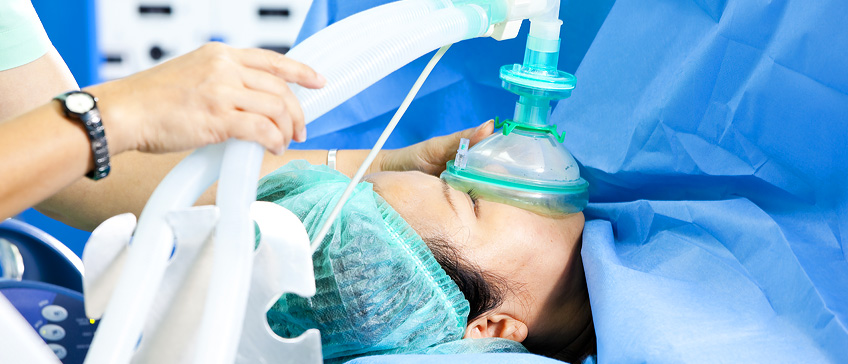Aesthetics
Face
The most modern facial treatments help you look younger, more elegant and happier.
Body
Feel comfortable in your body and correct sources of discomfort.
Chest
Make your wish for a better appearance come true and restore your self-confidence with aesthetic correction.
Hair and scalp
Minimally invasive solutions for hair loss and a natural look.
Issues
Find solutions to some of the most common aesthetic problems.
Treatments
Treatments

Hair and scalp mesotherapy

Thinning hair therapy with your own blood

Trichotest – DNA analysis of hair loss and baldness

Hair loss in women – causes and how to prevent it

Hair loss in men – causes and how to prevent it

Alopecia – hair loss
FACE

BODY

Implantology Center
Different methods of solving the problem of missing one or more teeth.
Prosthetics
The most common solution in cases of functional or aesthetic tooth damage.
Aesthetic Dentistry
Harmonious tooth shaping and tooth color correction according to your wishes.
General Dentistry
Modern and timely diagnostics, treatment and dental hygiene are the key to the health of your teeth.
Issues
Find solutions to some of the most common aesthetic problems.
About us
Locations
For a comfortable and safe stay in our Polyclinic and the successful performance of the planned surgical procedure, it is of utmost importance to familiarize patients with basic anesthesia procedures and post-operative monitoring. The main goal of anesthesia procedures is to eliminate pain and discomfort caused by certain surgical procedures, and it is essential that you are familiar with all the details of anesthesia and its process.
Anesthesiological examination before the operation itself
Immediately before the surgery, we perform a preoperative anesthesia examination at our Polyclinic and, based on the determined condition, as well as other information about your health (previous illnesses, medications, allergies, laboratory and other findings), we assess your health readiness for the planned surgery. During the conversation and examination, we will introduce you to anesthesia methods, their advantages and disadvantages, as well as possible risks and side effects. Taking into account your health condition and the needs of the planned surgery, we will suggest the optimal method of anesthesia, on the basis of which you will make the final decision.
Why is anesthesia used?
Anesthesia is necessary to control pain. Since patients do not want to feel pain during surgery, and surgeons do not want patients to move during surgery because of pain, anesthesia is what keeps patients from feeling pain and calm during surgery. With general anesthesia, the patient falls “asleep” and is completely unaware of the operation. With local anesthesia, the patient remains awake without feeling pain, and this is the main difference between general and local anesthesia. Technically, a patient under general anesthesia is not sleeping, but is in a state of unconsciousness. Unlike sleep, from which a person can be awakened, a patient cannot be awakened by stimuli while under general anesthesia. Consciousness returns to the patient the moment he is removed from the effects of the anesthetic.
Some patients who undergo surgery under local anesthesia may wonder why they fall asleep during surgery. The reason for this is sedatives that calm the patient’s nervous system during surgery. However, it is impossible to perform the operation with the patient only under sedation. Local anesthesia is necessary so that the patient does not feel pain. This is precisely why local anesthesia and sedatives are combined with this type of anesthesia.
When do we use local anesthesia?
Local anesthesia refers to the application of anesthetics to areas where an anesthetic effect is needed. This type of anesthesia is used for mole removal , tattooing, ear correction , and even eyelid correction . It is identical to the one used by dentists. The anesthetic is injected into the area being treated, and you are fully awake and conscious during the procedure. The area under the influence of the anesthetic is completely numb and this effect lasts between one and two hours when it returns to its original state.
When do we use general anesthesia?
This type of anesthesia is performed using an endotracheal (breathing) tube. The patient falls asleep and is unaware of their surroundings. This is a better choice for patients who want to be unaware of what is happening and any potential discomfort. General anesthesia is a “deeper” form of anesthesia that allows for more invasive procedures such as breast augmentation , breast reduction or lift, nose job , liposuction , or any other major surgical procedure. Because special attention is paid to preventing and treating pain, most patients do not feel pain upon awakening. After anesthesia, patients are placed in a recovery room, where they continue to be monitored by professional staff, until the anesthesiologist assesses whether the patient is fully awake and whether vital functions are normal and stable.
Is there a possibility of complications during anesthesia?
No medical procedure is completely safe. The type and severity of the underlying disease, possible concomitant diseases, age, lifestyle habits and other factors determine the level of risk. Serious complications during anesthesia are, as a rule, very rare, even in very seriously ill patients. By continuously monitoring vital functions, an anesthesiologist can immediately recognize any disorder and begin treating it very quickly. At the Bagatin Polyclinic, we have the best team of anesthesiologists and the most modern anesthesia equipment that drastically reduces the risk of surgery under any type of anesthesia. Our doctors and medical staff put the health and safety of the patient first.
If you are considering aesthetic correction of the face and body and have additional questions about the procedure itself or the type of anesthesia that will be used, please feel free to write to us at info@bagatin.hr .























